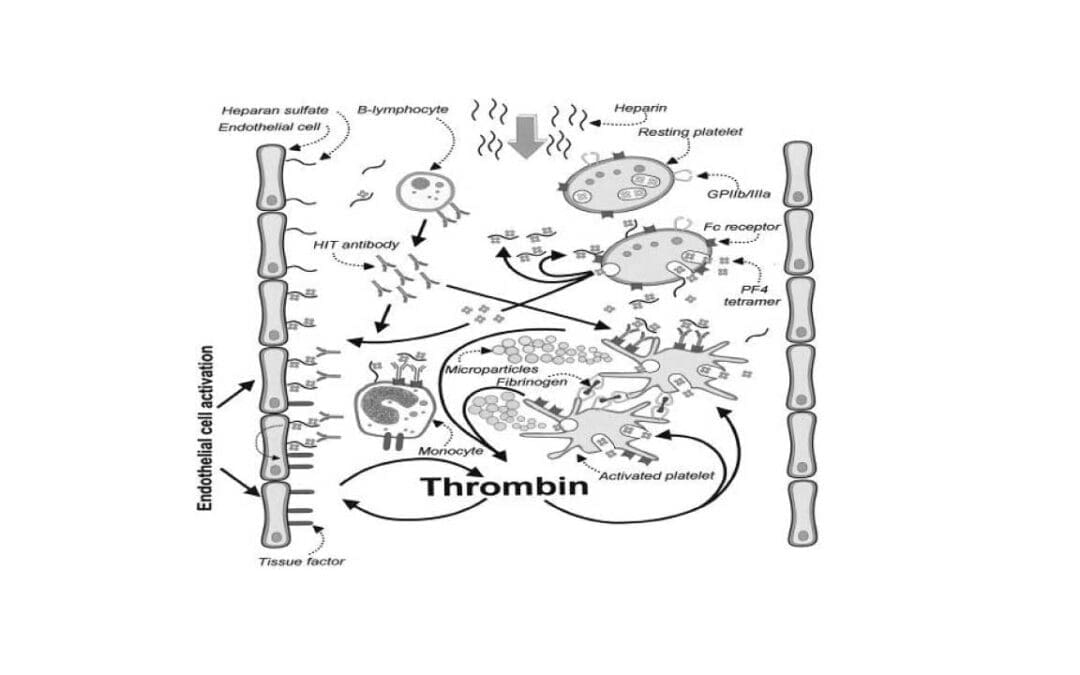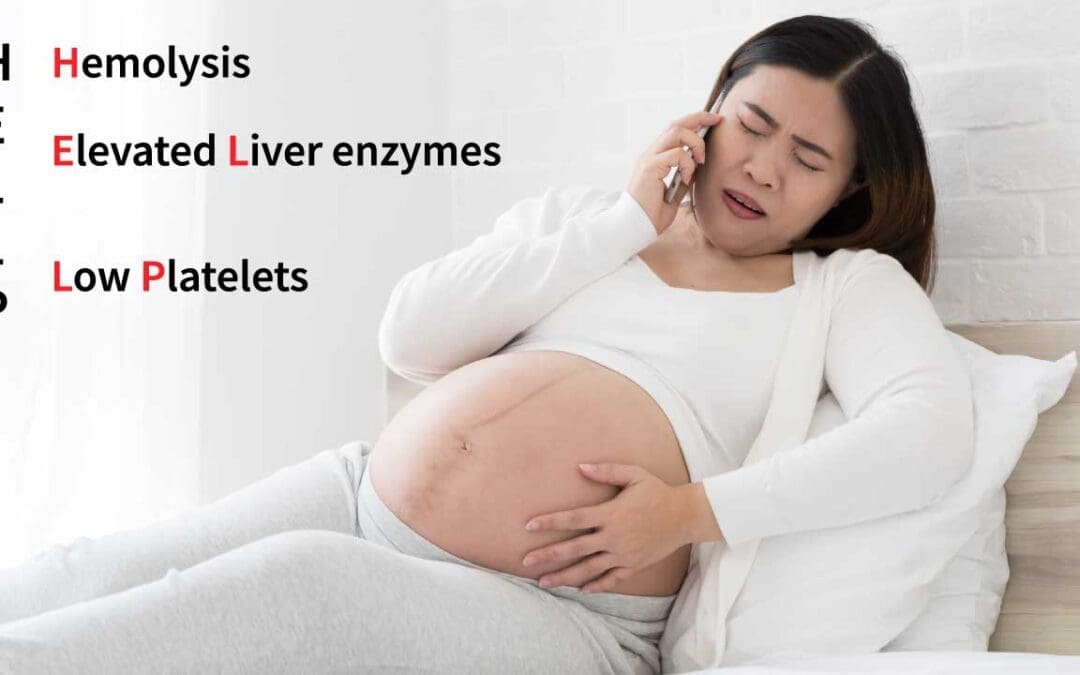An embolus is a traveling blood clot that can block blood flow, causing serious complications like pulmonary embolism or stroke. Early detection and treatment are crucial to prevent these life-threatening risks.
Tissue Plasminogen Activator (tPA)
tPA is a powerful drug used to dissolve blood clots causing heart attacks, strokes, and pulmonary embolisms. While effective, it also carries risks, primarily bleeding.
Thrombosis: An Overview
Blood clots, called thrombosis, can form in deep veins and travel to the lungs (PE) causing serious complications. While often symptomless, watch for leg swelling, redness, and sudden shortness of breath. Early diagnosis and treatment are crucial to prevent life-threatening risks.

Peripheral Artery Disease (PAD)
PAD: Narrowed leg arteries causing pain, slow healing. Risk factors include smoking & diabetes. Early detection is key to prevent complications.

Heparin-Induced Thrombocytopenia
Heparin-induced thrombocytopenia (HIT) is a rare but serious reaction to heparin. It causes low platelet counts & raises clotting risk. Early diagnosis and stopping heparin are crucial.

HELLP Syndrome
HELLP syndrome: A serious pregnancy issue with hemolysis, elevated liver enzymes, and low platelets. Requires urgent care.
Vitamin K Deficiency Bleeding (VKDB)
Hemorrhagic disease of the newborn is a bleeding disorder that occurs in newborns due to a deficiency of vitamin K.
Von Willebrand Disorder (VWD)
Von Willebrand disorder (VWD) is a common inherited bleeding disorder caused by a deficiency of von Willebrand factor (vWF), a protein that helps blood clot.


